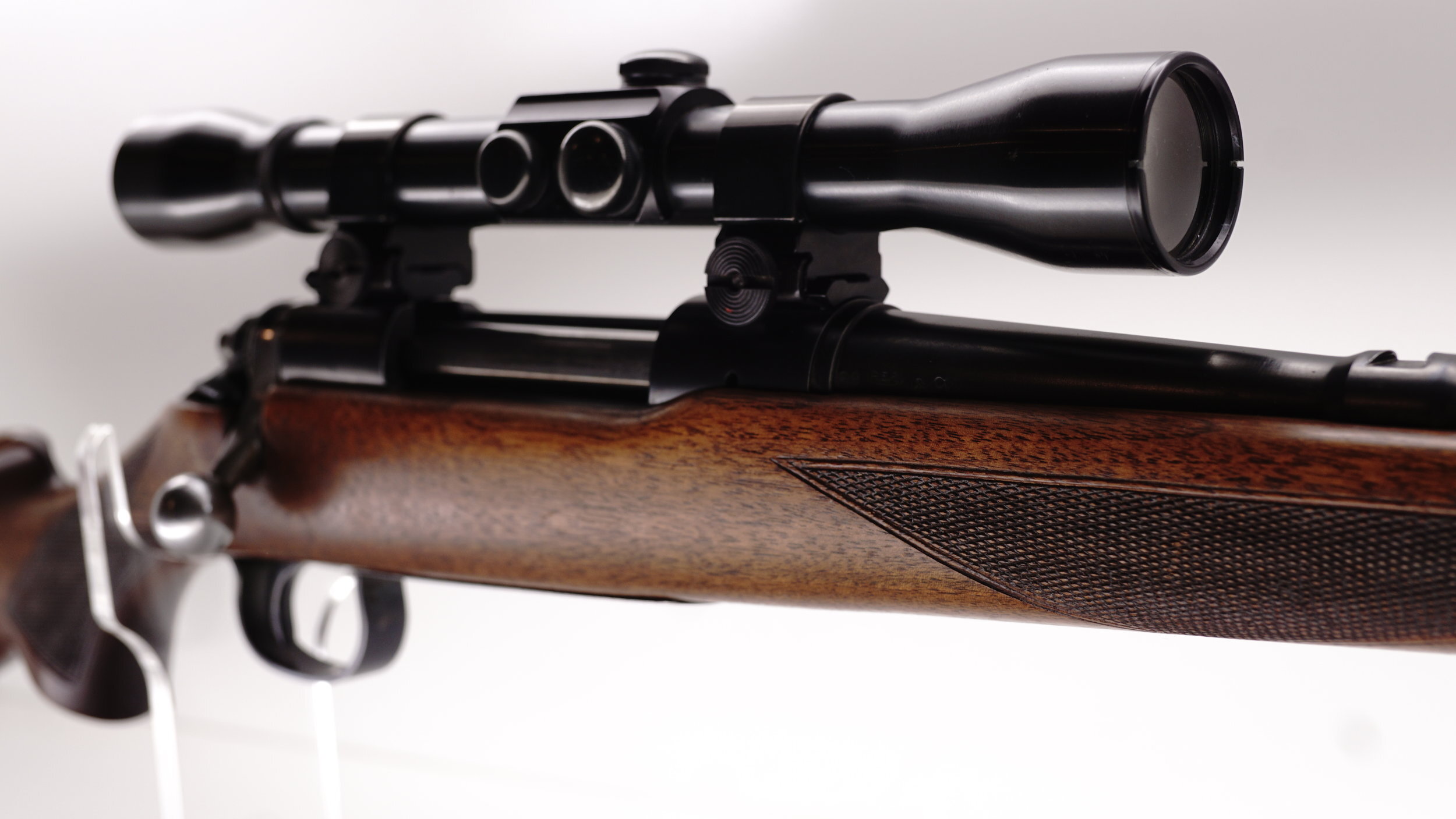How To Know When A Vintage Scope Needs Serviced
Just line any piece of mechanical equipment, maintenance is always cheaper than repair or restoration.
We hear it all the time… I’ll send it in when it breaks. I guess that’s the difference between someone you want to buy a car from and someone whose car you never want to own.
Around here the vintage scopes that we get in for service or repair are generally between 20 and 100 years old. The decaying process begins with seals and grease. Seals dry, grease turns hard or dries out completely. From there it gets ugly. The dry seals allow oxygen in the tube which allows a humid environment and in turn begins the process of breaking down every metal component in the scope. Scale builds up and falls into the tube. It floats around with every shot, settling on glass surfaces and sticking to crosshairs. In extreme cases the scope will ultimately fog up on you. Many people allow all of this to happen before sending it in. They wait until the humidity in the tube does its damage, eventually causing scale on lenses which leads to loss of luminosity. That’s like passing the last gas station in North Dakota and running out of gas on the interstate.
Adding to the decaying process is what we have referred to as the “tractor grease” that was used on scopes back in the day. We call it tractor grease because it looks exactly like the grease you use on heavy equipment, and when you see what happens to grease around the zerks once they are exposed to air, you get the picture. First it turns thick, like earwax, causing adjustments to hang up. Next it dries out completely, freezing up threads and depositing chunks of itself inside the tube, once again threatening adjustment function and ending up on crosshairs and glass.
We get many scopes in here where the above two issues have caused the scope to be just too far gone and the customer has to decide between the trash can or a full restoration. Sometimes threads are so seized up that even a full restoration is not an option.
Obviously if you see any loss in brightness whatsoever, you have let it go too long. The optics should be clear and bright. Even vintage glass was crystal clear when it was made. Many vintage optics had luminosity ratings very similar to today’s glass. If it isn’t clear, the deterioration is well underway. That said, we think there is a very simple way to know when your scope is ready for maintenance, so that you can avoid restoration or repair. Just think about the lifetime of a rubber o-ring or grease made in the era of your scope. Those were probably made to last 10-20 years - not 30, not 50, not 100. So, if your scope is a couple of decades old, it’s living on borrowed time.
If it’s time for yours to have some scheduled maintenance, here is a link with information on how to re-set the clock on your favorite vintage scopes, insuring continued good service for you, and perpetuating its existence for the next generation of vintage enthusiasts: https://www.vintagegunscopes.com/refur/internal-lens-clean-and-nitrogen-processing-90-day-turnaround

